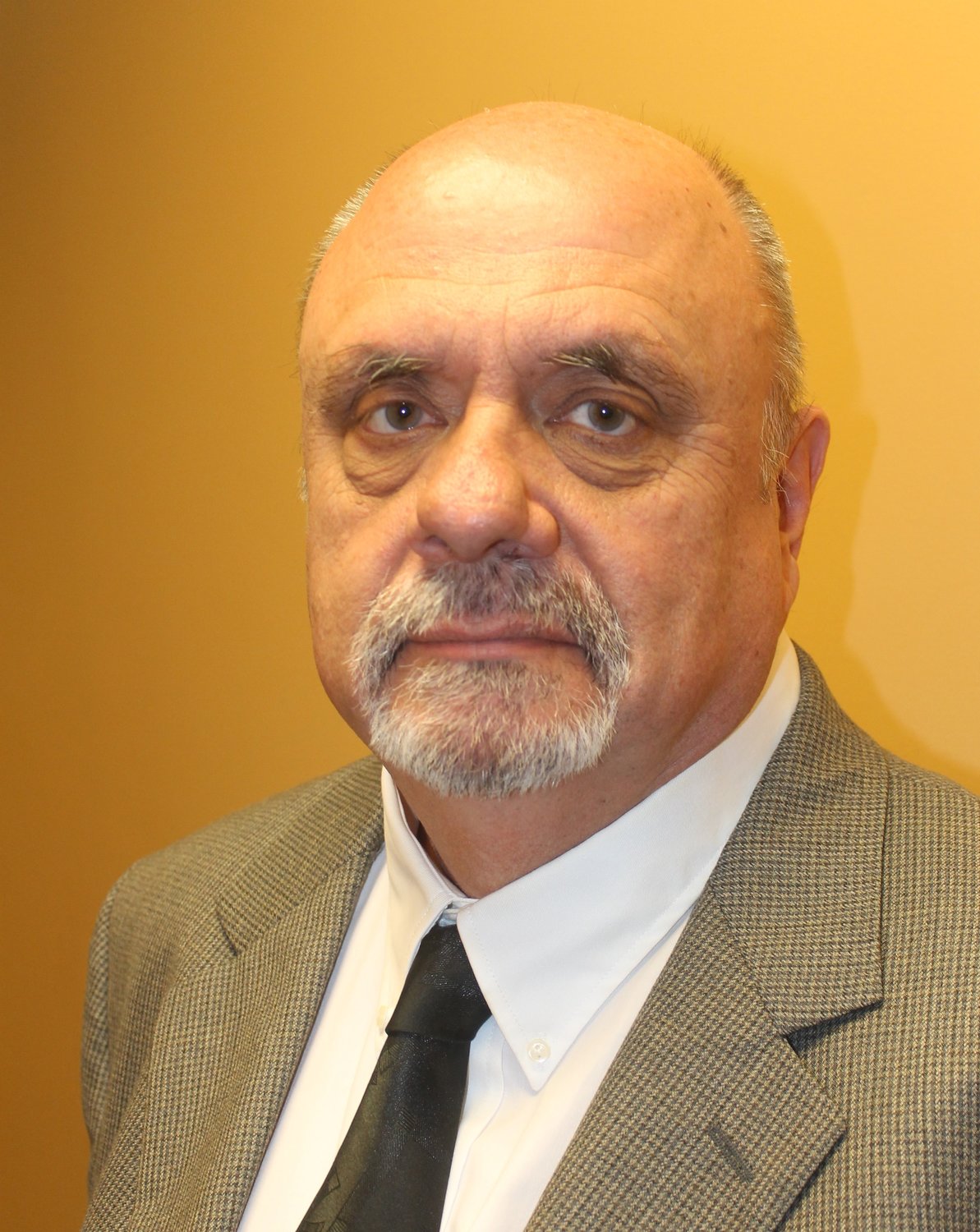Kurt Busch has seen a myriad of changes since Earnhardt’s death in 2001
The moment Kurt Busch climbed from his battered race car after the 2001 Daytona 500, he knew something was different.
There was an eerie silence in the garage area. The usually-ruckus crowd seemed stunned. Race teams disappeared in their team haulers.
“I didn’t know it at the time, but when I got out of the car, you could just tell there was something wrong,” Busch said. “The whole motorsports world was on pause.”
No other death has rocked a sport like Dale Earnhardt’s. The seven-time champion crashed in the final turn of the final lap while running in third place. The impact didn’t seem bad, especially by NASCAR standards, but an investigation later revealed his seatbelt ripped, which threw him into the steering wheel when his car impacted the wall at 180 mph.
Busch will return to the Daytona International Speedway next week for the Busch Clash exhibition race and the Feb. 14 Daytona 500. He will be the only driver in the field who was on the track the afternoon Earnhardt died 20 years earlier.
Basketball lost players like Reggie Lewis and Len Bias while they were in the prime of their careers. Baseball mourned Thurman Munson and Roberto Clemente when their planes crashed, and football players Pat Tillman, Sean Taylor and Ernie Davis were gone far too early.
But other sports didn’t make radical changes like NASCAR. Racing deaths have always been part of the sport. But it wasn’t supposed to happen to a driver like Earnhardt.
Since that afternoon 20 years ago, NASCAR has changed all of its safety protocols. They’ve added energy-absorbing walls at racetracks and foam inside the doors of their cars. It’s one of the reasons why Busch is able to come back for his 20th Daytona 500 next week.
“Everybody is a beneficiary of the safety era that was born from that race, from that moment with SAFER barriers, HANS devices, the cars, the seats, the helmets, the restraint systems, everything,” Busch said. “I’m blessed. I’ve been a beneficiary of that for the last two decades. I’ve come a long way as far as my racing, every time I turn around, there’s something new to learn. I’m very appreciative of NASCAR’s effort on their safety seminars and their meetings to start every year since then.”
Those changes have had a profound affect. No other driver has died in a NASCAR Truck, Xfinity or Cup series race since Earnhardt died. Drivers now are required to wear head and neck restraints and full-face helmets.
Another reason Busch will make his 20th start in the Great American Race is his continued success behind the wheel. He’s about to start his third season in the No. 1 Chevrolet for Chip Ganassi Racing. And unlike many other front-running teams, he has sponsors lined up for every race.
“You can expect big things,” he said. “Great sponsors are lined up. Multiple race wins is the goal. More top fives, more stage wins and to be competitive at all the new tracks. We have so many new tracks, this is an opportunity to capitalize on a lot of cool places, a lot of new markets. And then there’s the focus of the playoffs. It’s the same 10 races at the end of the year, and it’s the same sequence how you advance to the Championship Four to give yourself a shot at the championship.
“We’re at our peak right now. It’s our third year together. Everybody’s comfortable. We know our strengths and weaknesses. We know how to navigate through the protocols and the COVID sequences with no practices at some of the events, and no race day communication other than electronics. You’ve got to get the job done a little differently now.”
Busch has been through NASCAR’s safety renaissance and the COVID-19 pandemic. He’s seen legendary drivers like Rusty Wallace, Tony Stewart, Jeff Gordon, Jimmie Johnson and Dale Earnhardt Jr. fade into retirement. He still has gas pedal mashed to the floorboard with no suggestion of slowing down.
More importantly, he believes NASCAR is on track to regaining its prominence among sports fans. The sport was never more popular than a handful of years before and after Earnhardt’s death.
“The marketing, the vibe and the feel, the energy of everybody, reminds me of 2001,” Busch said. “In 2001, we had a new TV partner with FOX, with NBC. It was the veterans and the young drivers. The sponsors were engaging and activating in new ways. I’m feeling a lot of that again. The schedule change back then is what we see right now. This is like a reset to where we were in 2001. From that year on, it’s been an up arrow every year – finding new fans, engaging the core fans, sponsors, drivers. It was a battle each week. I’m feeling that right now.”
Unlike everything else in racing, Busch hopes that feeling never changes.








